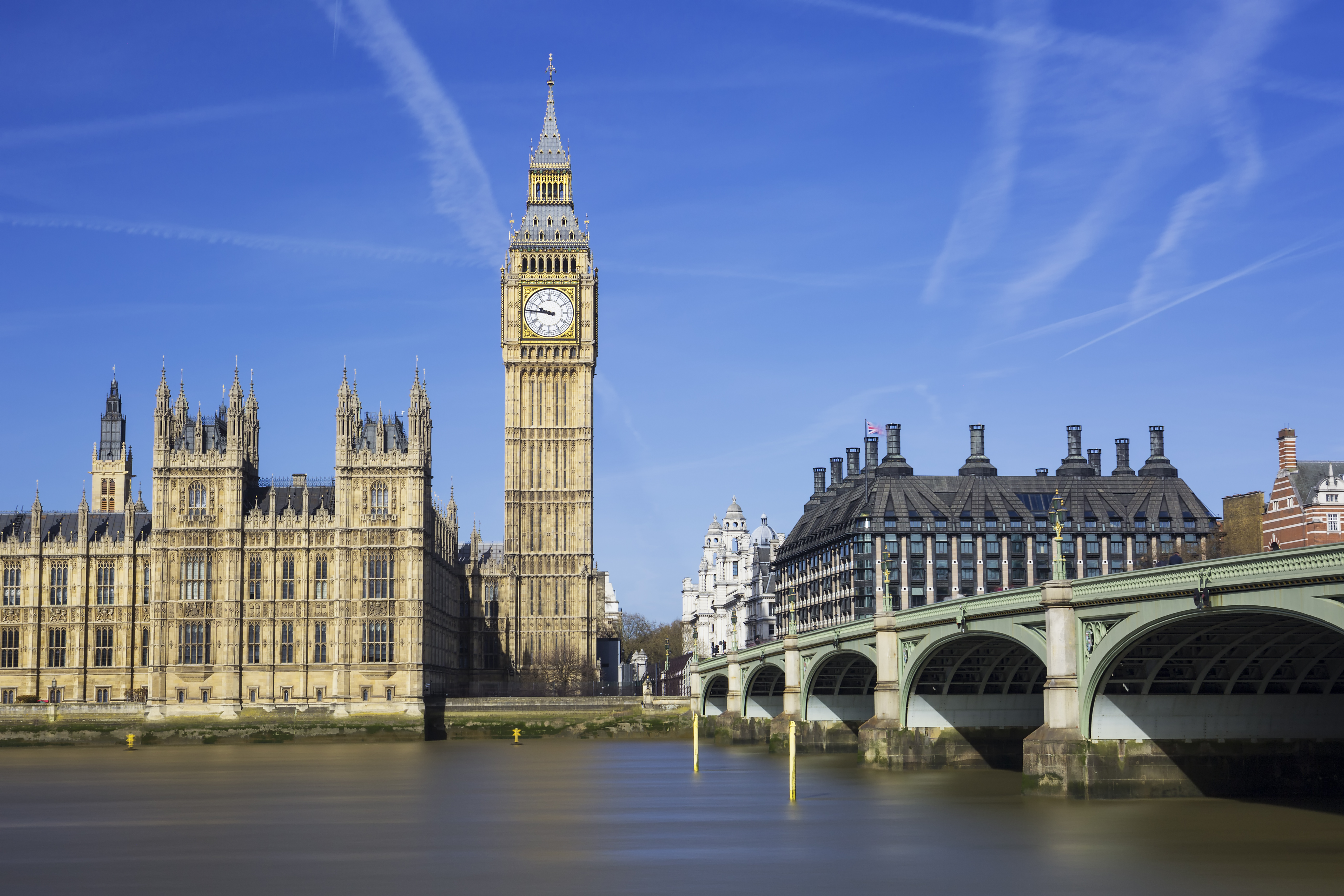The weather in the UK has always given the impression of being consistently overcast and rainy. Beyond the common saying that if you're walking the streets of London and it's foggy in the evening, is it truly inevitable to get wet? In this article, Cyclopes will introduce the UK's weather throughout the year and highlight the differences between various cities. This will help you identify the warmest and least humid cities in the UK, aiding students in their preparations for studying abroad.
The UK is located in the mid-latitude temperate zone. Due to the influence of the North Atlantic Drift, the UK experiences steady rainfall throughout the year. Generally, the UK has pleasant weather in all four seasons, rarely encountering extreme conditions, whether in summer or winter. The temperature in winter seldom drops below -11°C, and in the absence of heatwaves during summer, the peak temperature rarely exceeds 35°C, with an average of around 13-17℃.

Source: Freepik
The most comfortable seasons in the UK are spring (March to May) and autumn (September to November). During these periods, the weather is more stable. In spring, some areas showcase beautiful blossoming flowers, while autumn not only brings cool weather but also offers breathtaking landscapes as the leaves change color. Especially, if you want to enjoy a vacation without crowds during academic breaks, it's recommended to avoid major cities in the summer. This is because most schools start their summer vacations in mid-July, and many large music festivals take place during the summer. Accommodation prices in big cities are typically higher in summer, and popular tourist spots are usually crowded.
Spring (March to May): Temperatures typically range from 6-11°C. This period tends to be rainier, but by May, the weather starts to stabilize with warmer temperatures, reaching highs of up to 18°C during the day.
Summer (June to August): The UK mostly enjoys clear skies during this time, with occasional thunderstorms. Temperatures generally range from 13-17℃, but heatwaves can push the mercury above 35°C. The warmest cities in the UK are mostly located in the south, such as London, Brighton, and Bristol.
Autumn (September to November): Some parts of the UK experience a relatively dry and mild autumn, while other areas can be quite humid. This varies depending on the region. Temperatures generally range between 7-18°C and can suddenly drop.
Winter (December to February): Winter temperatures in the UK average between 1-5°C, and roads can even become icy.
Light drizzles are a common impression most people have of London. However, according to data from the UK's Met Office, London had an average of 109.4 rainy days annually from 1981 to 2010. Comparing this with data from the Hong Kong Observatory for the same period, Hong Kong had an average of 137.63 rainy days per year, 28 days more than London. Thisindicatesthat Hong Kongactually hasmore rainy days than London.
Ifyou'reconsidering settling in a city in the UK with the lowest humidity or the least amount of rainfall, you might want to think about Southend-on-Sea. This city has an annual rainfall of only 527millimeters. In addition, it ranks third in the UKfor the amount ofsunshine it receives. On the other hand, Manchester, which is highly popular among international students, is quite the opposite. It is among the top three cities in the UK with the highest rainfall, receiving an average of 1,197millimetersannually.

Source: Freepik
Are you considering the annual weather conditions in the UK, or whether your school is located in the warmest or most humid city, as part of your criteria for choosing a study abroad location? Are you curious about which schools are in regions with more moderate climates? If you're looking for more information about higher education, feel free to contact us.